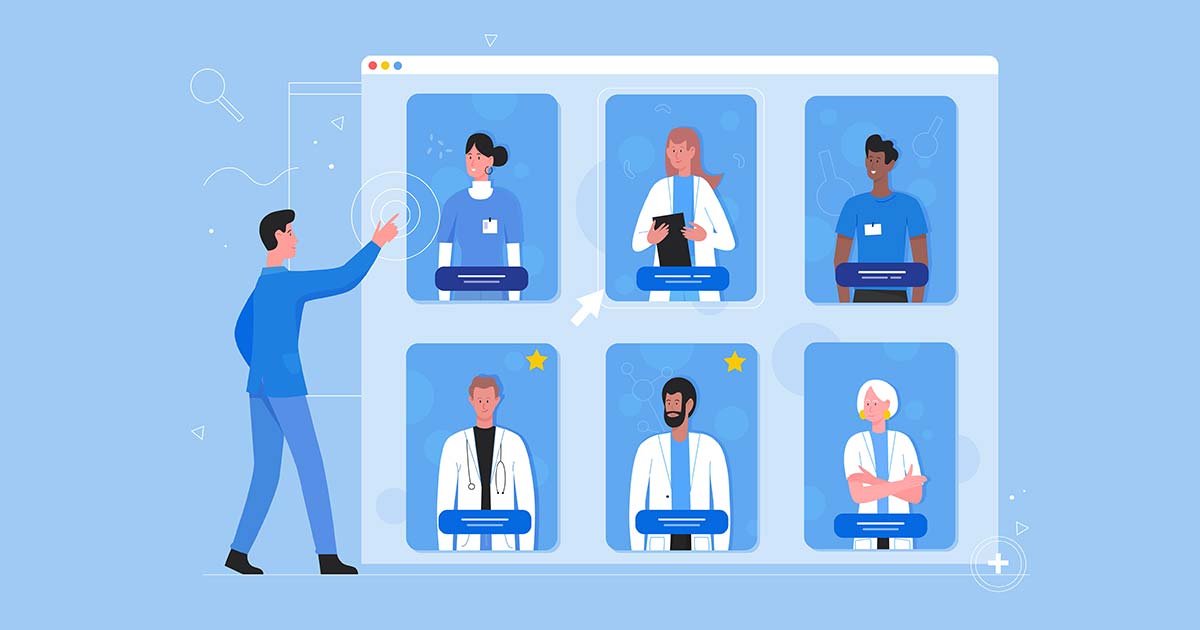When to See a Physical Therapist for Back Pain
Advice to improve your movement, fitness, and overall health from the world's #1 in orthopedics.
“The lives we lead and the kinds of things we do these days make back pain very common,” says Hector Lozada, PT, DPT, OCS, a physical therapist at HSS.
Many of us hunch over a desk all day, letting our muscles weaken. “Then, if we move a room full of furniture over the weekend, those muscles are not going to be ready for the load we put on them,” says Lozada. The result? Back pain. “Luckily, the body has a pretty high capacity to heal, so quite often the tissue tends to repair itself,” he says.

Unfortunately, other times, back pain may require additional intervention. According to Lozada, if you have pain so severe that it prevents you from performing your daily activities, or low-level pain that lasts more than a month, you should try physical therapy.
How Physical Therapists Assess Back Pain
Physical therapists, or PTs, are “movement experts,” says Lozada. They focus on treating restrictions that keep the body from moving effectively – and preventing those issues in the future.
“A lot of people say, ‘My back pain came out of the blue,’ but chances are they likely did something that caused it,” says Lozada. You may have heaved your grocery bags from the trunk using your back or bent at the waist instead of squatting down to pick up your dog.
While PTs do help treat your back pain, they’ll also get to the root of your symptoms so that you can avoid a repeat situation. “A PT will be able to pinpoint what you did that caused you to be in pain,” says Lozada.
If you’re having a twinge of back pain during activities such as running or weightlifting, a PT can also analyze your postural patterns and show you ways to improve them in order to decrease pain and prevent future injuries.
What Happens During Physical Therapy for Back Pain
Most physical therapy sessions begin with an initial assessment to test muscle strength, flexibility and range of motion. Your PT will evaluate how you move, talk to you to understand how your pain limits you and identify any deficits you may have that could be contributing to the issue.
They’ll then create a unique, customized treatment plan tailored just for you using various techniques, including:
- Strengthening exercises. Back pain can often be blamed on poor posture or poor movement patterns, when certain muscles have to step in and compensate for other muscles that are not being used properly. A PT will show you how to perform exercises to strengthen your spine and the muscles around it. Because the PT observes you the entire time, you can be sure you’re doing the movement correctly and won’t injure yourself further.
- Manual therapy. A PT can use various strategies, including passive soft tissue mobilizations, joint mobilizations, dry needling or other techniques to help decrease impairments on joints, tendons, ligaments and muscles.
- Education and training. “A PT can help you retrain your movement patterns or the decisions you make that would put load incorrectly on your back, so you can prevent back pain in the future,” says Lozada. For example, a PT will look at how you sit, how you lift objects and how you walk, then teach you how to do these things in a safer, more efficient manner to keep yourself healthy and injury free for the long term.
Lozada stresses that if you have pain that travels down your arms or legs or numbness or tingling in your spine, arms, legs or feet; if you only feel back pain at night; or if your back pain is accompanied by fever, night sweats or any sort of bladder or bowel incontinence, you should see a medical doctor immediately. These could be signs of a more serious condition.



